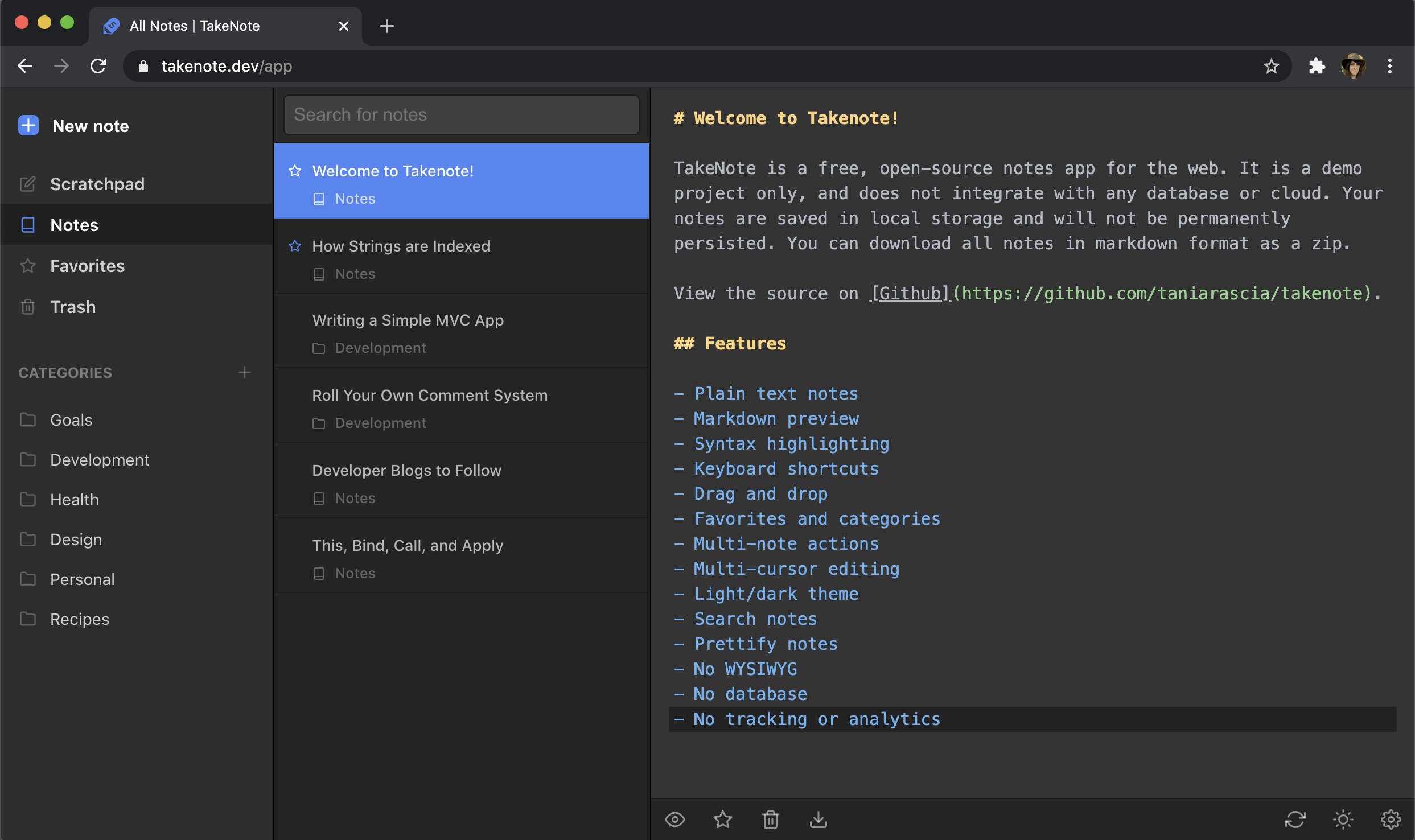
Without the fear of cost overruns and need for experienced professionals, prototypes can be put under both constructive and destructive testing. With Digital Twins, organizations can design models collaboratively with the user groups and simulate various test conditions. Digital Twins will bring the same level of flexibility to the hardware/physical R&D.
TAKENOTE QUIZ SOFTWARE
The concept of twins is no stranger to the software R&D – multiple environments can be spun off easily and inexpensively to simulate scenarios.

Furthermore, undesired/unexpected behavior in the real-world means going back to the drawing board and making expensive changes to the design.

Testing prototypes demands a high-level of human expertise to prevent losses due to errors. Though the world of design has evolved from 2D-blueprints to standalone 3D-simulations, R&D is still constrained by limited collaboration.

With the world around us being fitted with sensors, it is now possible to replicate the physical properties and characteristics in the digital form. The core principle is, for a physical entity or an asset, a digital equivalent exists in the virtual world.


 0 kommentar(er)
0 kommentar(er)
